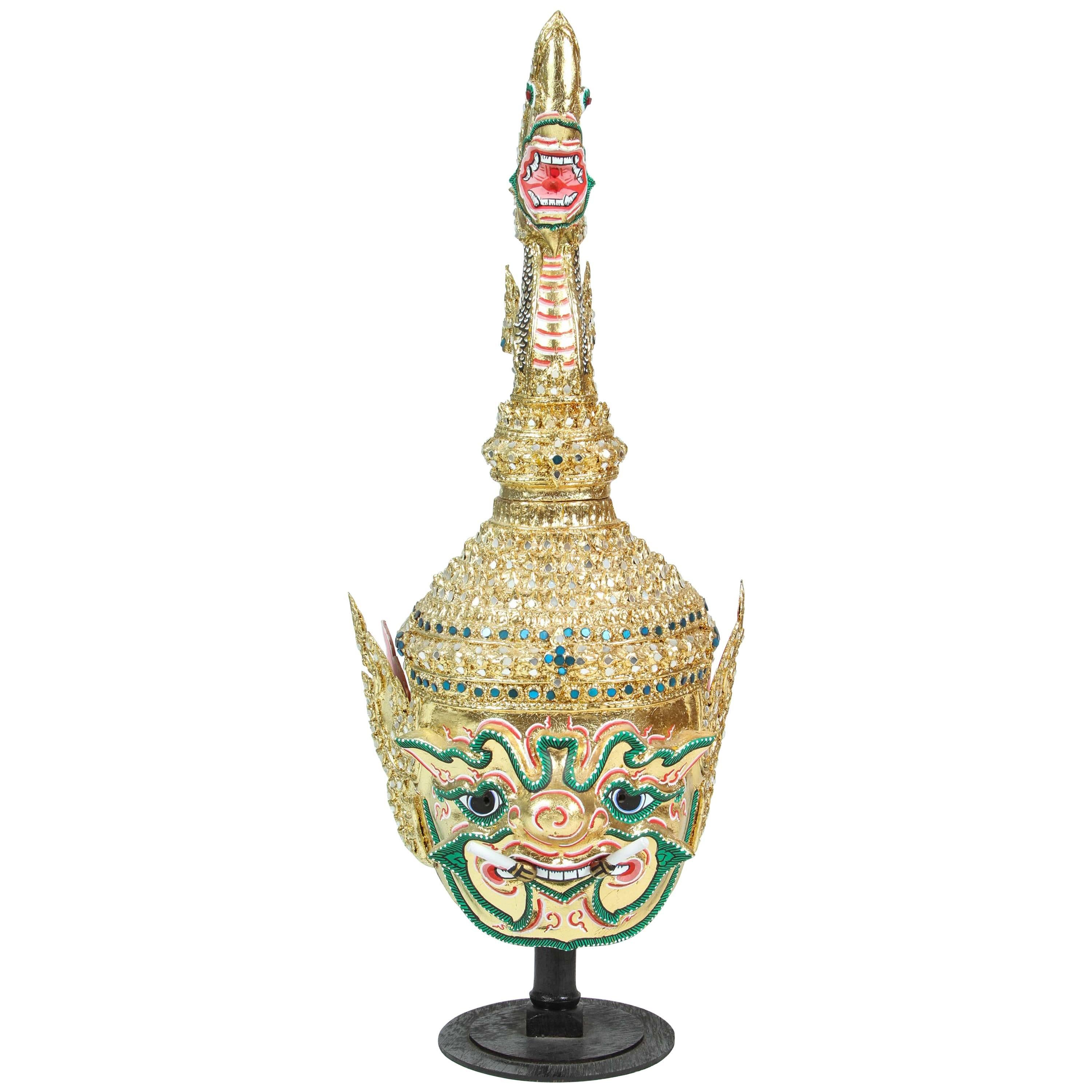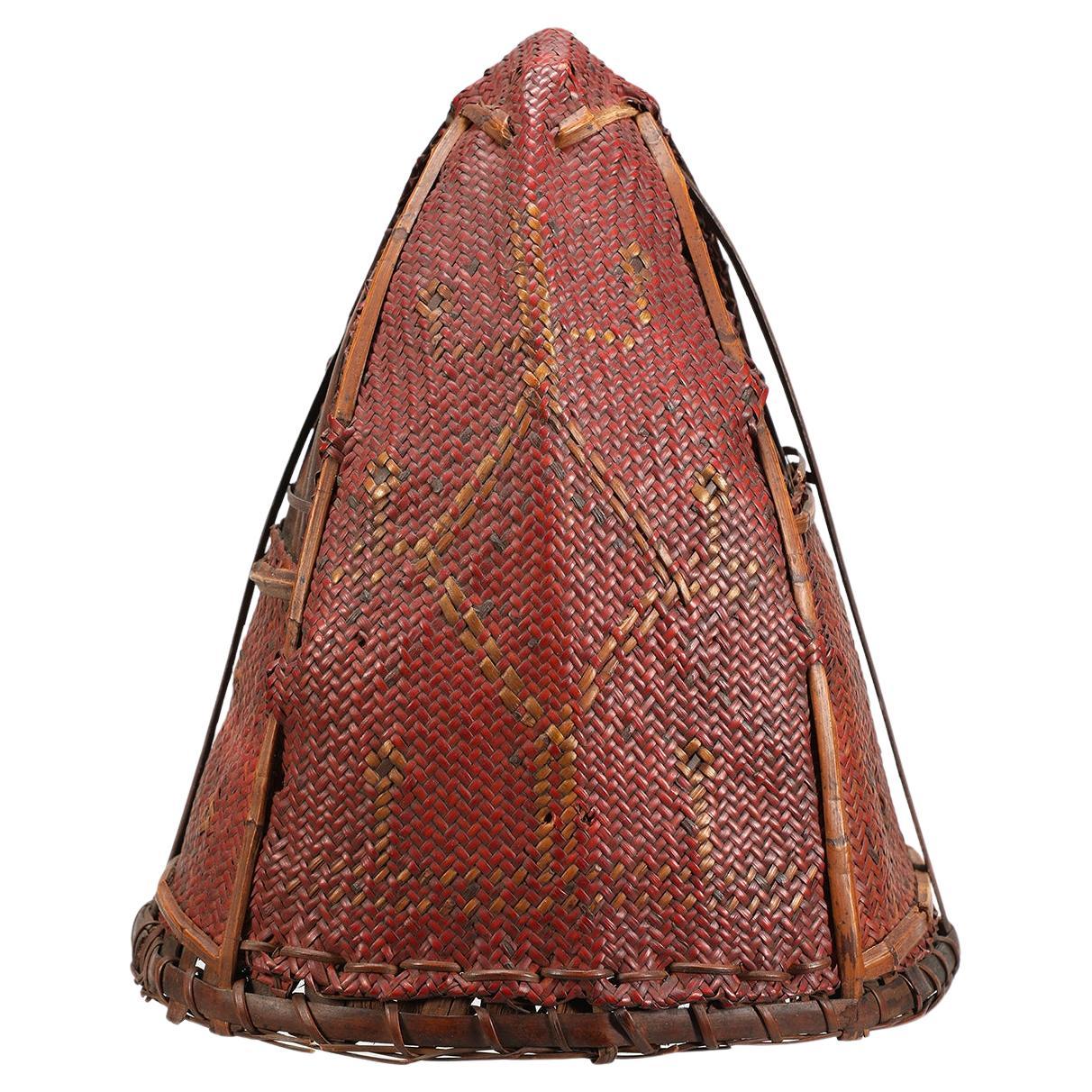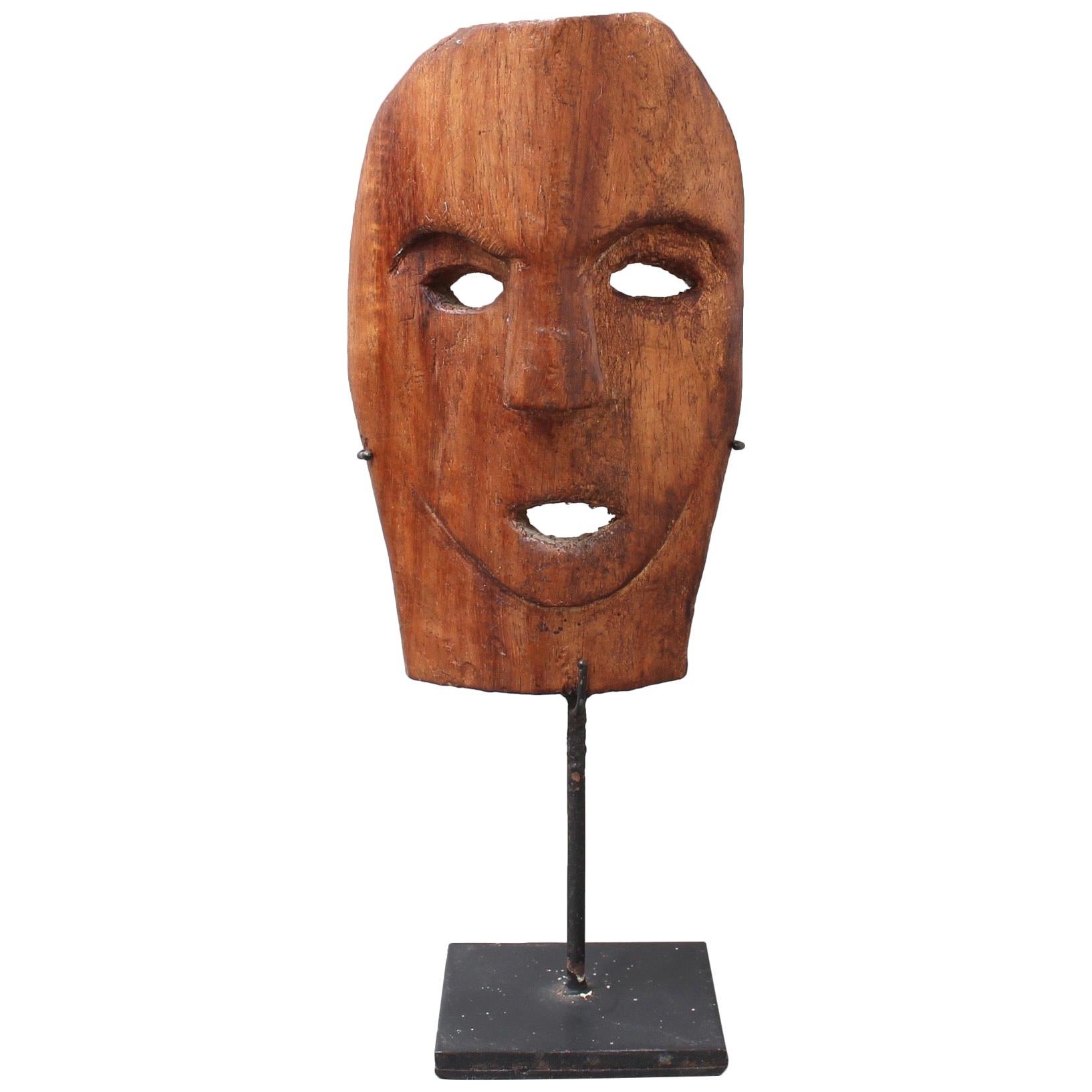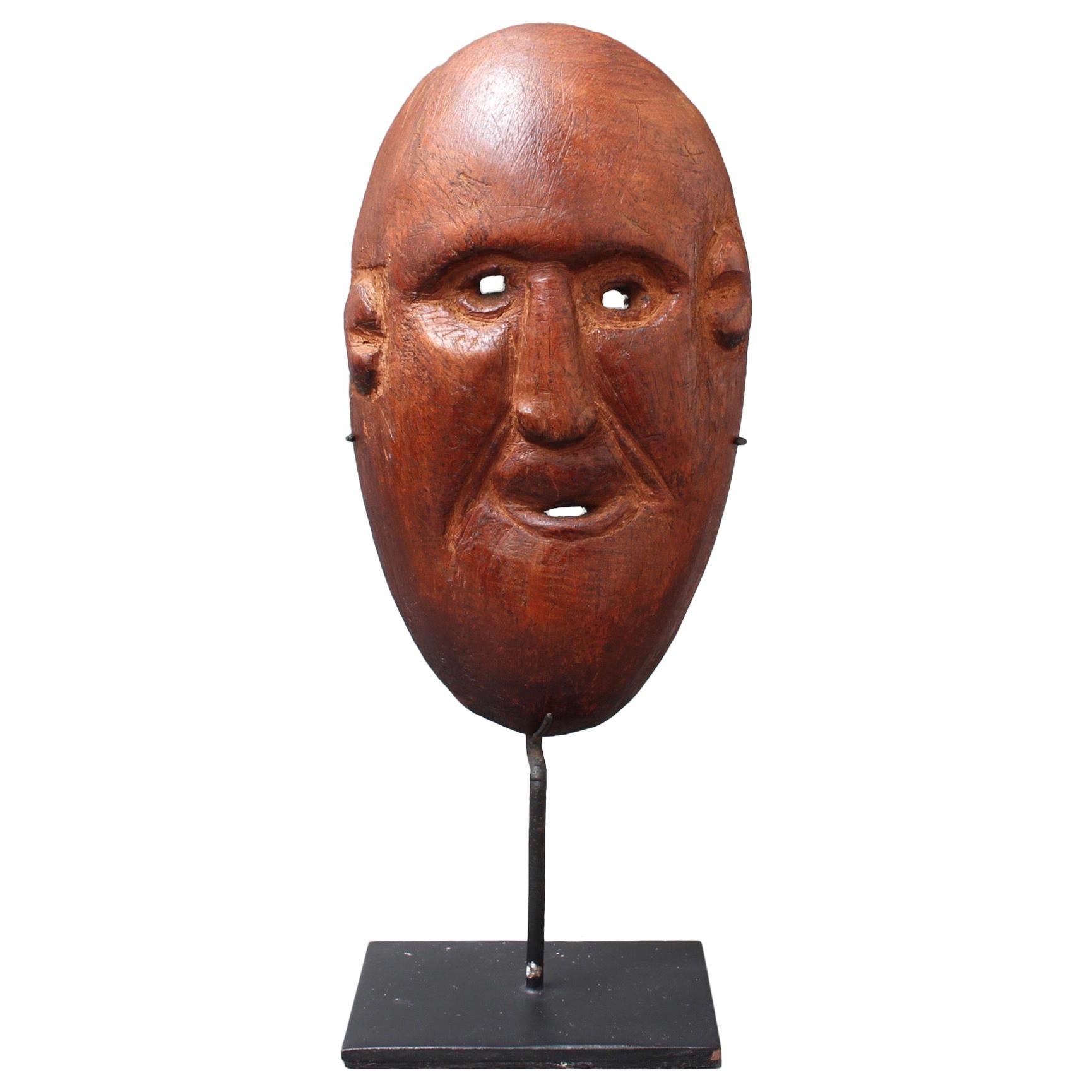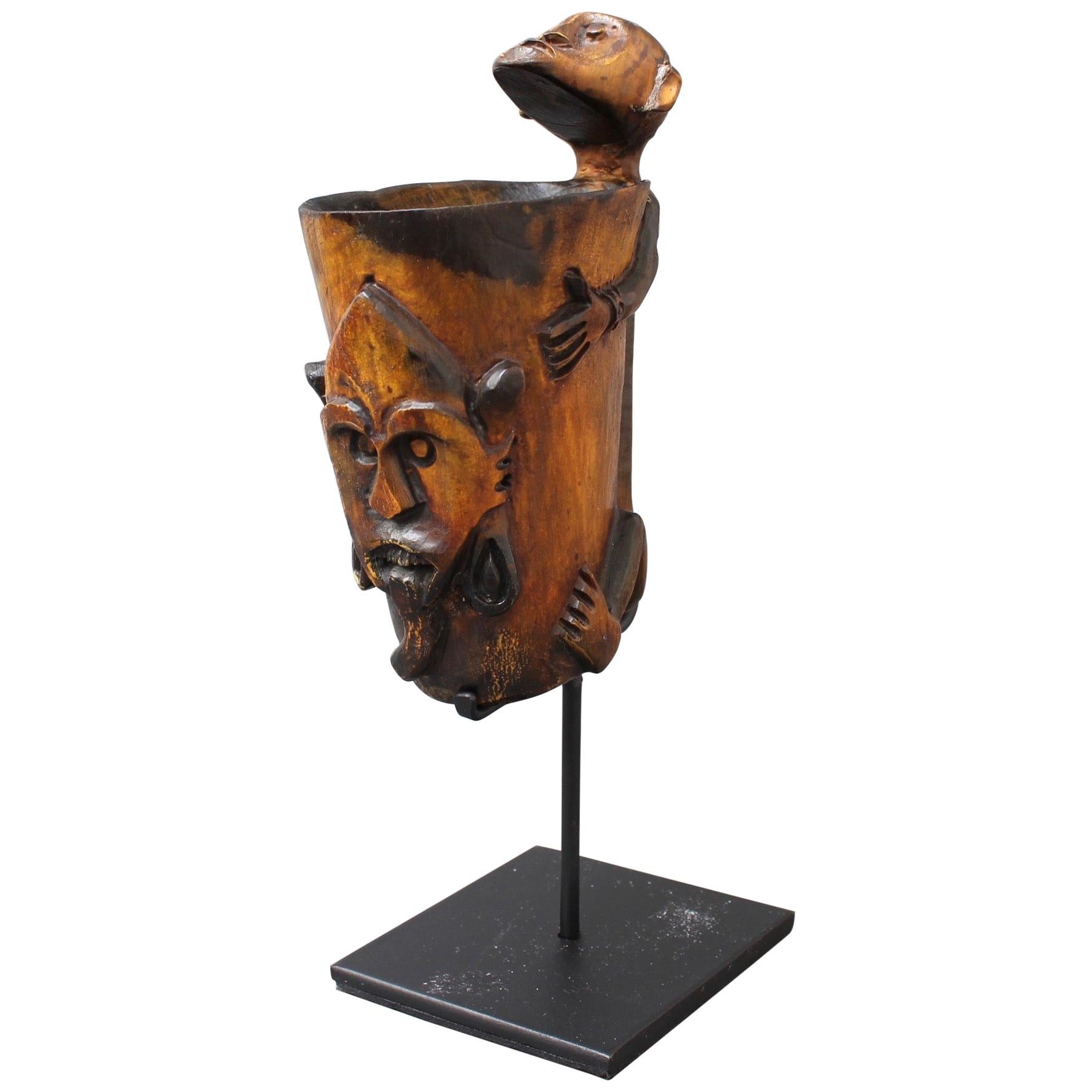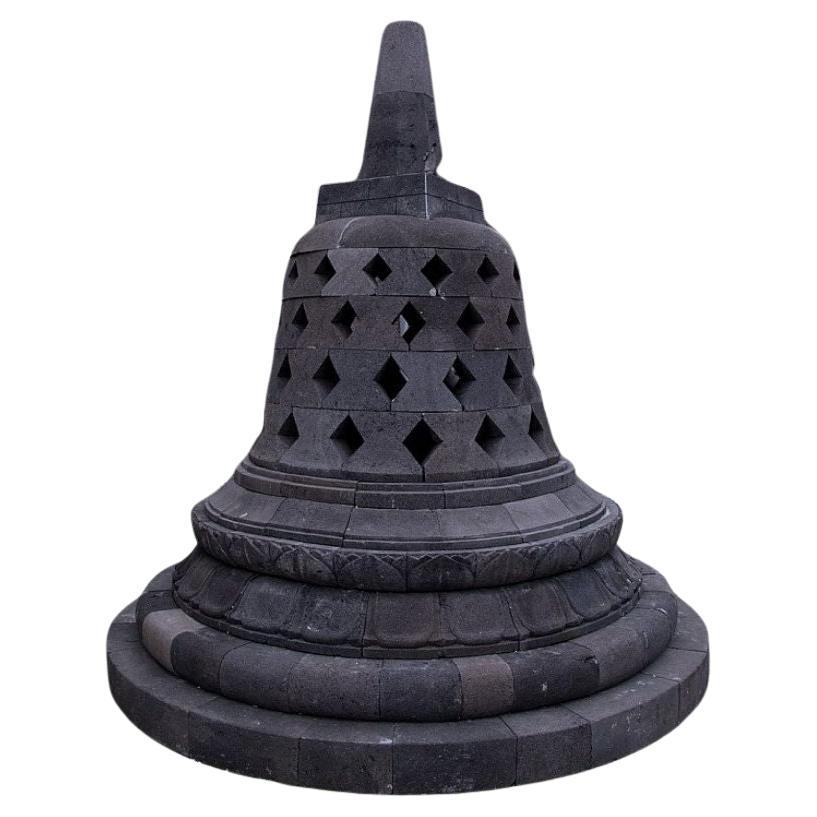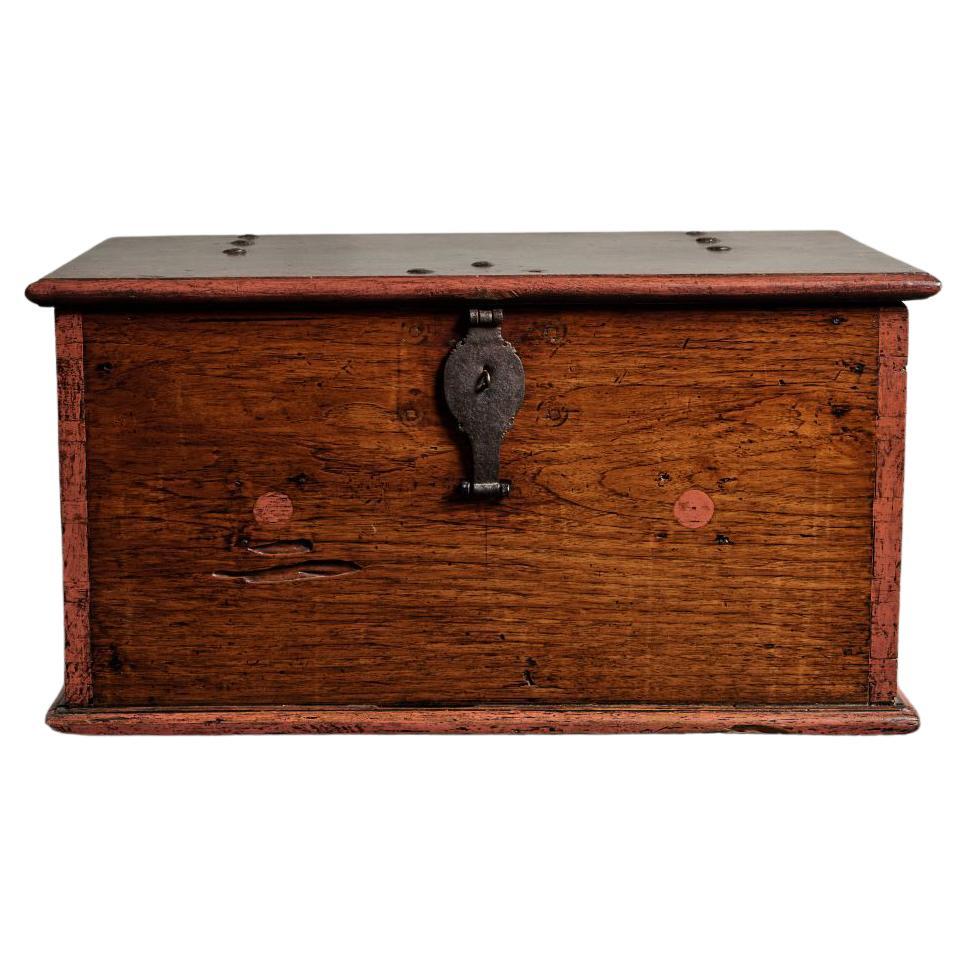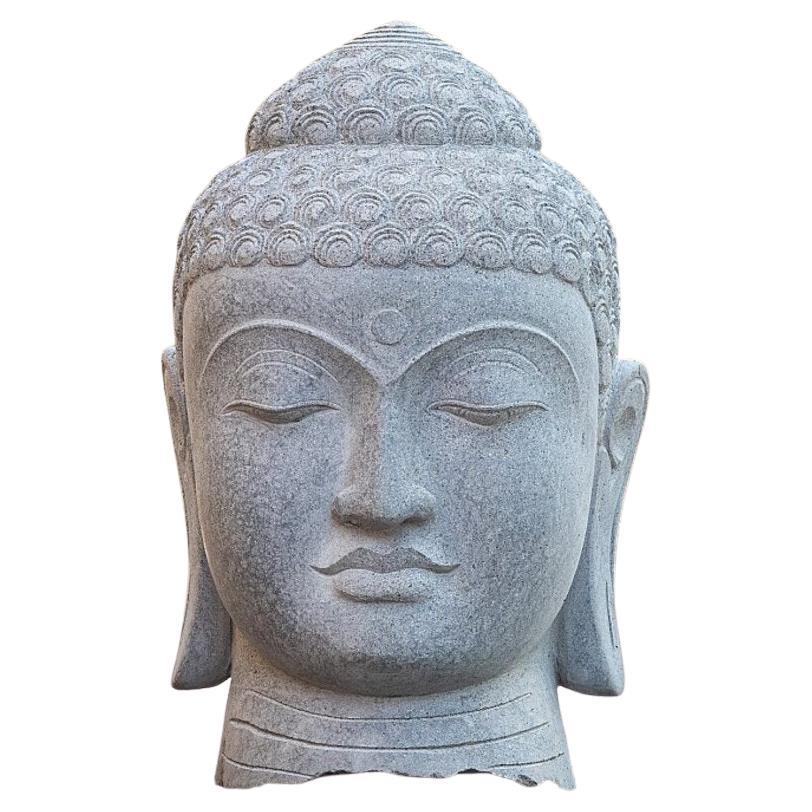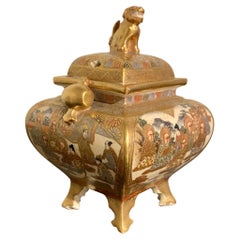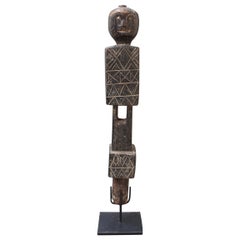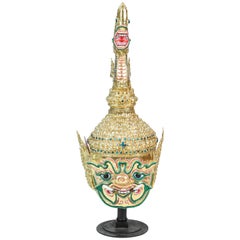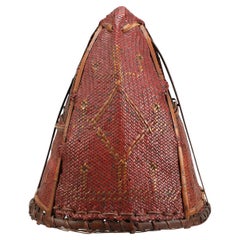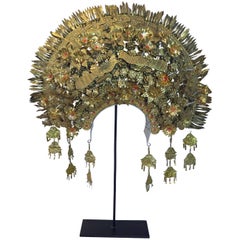
1960s Minangkabau Gilt Metal Bridal Headdress, Sumatra, Indonesia
View Similar Items
Want more images or videos?
Request additional images or videos from the seller
1 of 5
1960s Minangkabau Gilt Metal Bridal Headdress, Sumatra, Indonesia
About the Item
- Dimensions:Height: 24.5 in (62.23 cm)Width: 19.5 in (49.53 cm)Depth: 6 in (15.24 cm)
- Style:Tribal (In the Style Of)
- Materials and Techniques:
- Place of Origin:
- Period:
- Date of Manufacture:circa 1960s
- Condition:Wear consistent with age and use. Minor losses. Possibly missing some components, though difficult to tell for sure.
- Seller Location:Austin, TX
- Reference Number:1stDibs: LU89479523811
About the Seller
5.0
Platinum Seller
These expertly vetted sellers are 1stDibs' most experienced sellers and are rated highest by our customers.
Established in 2001
1stDibs seller since 2010
306 sales on 1stDibs
Typical response time: 1 hour
More From This SellerView All
- Indonesian Tribal Anteater Form Headrest, Irian Jaya, Mid-20th CenturyLocated in Austin, TXA whimsical and intriguing headrest carved from a single piece of hardwood in the form of an anteater. The curved back of the animal would have supported the neck and displays a wonderfully warm patina from tribal use. The anteater's over sized head has been carved in a charming manner. Found in Sumatra, but most likely traded from Irian Jaya.Category
Mid-20th Century Indonesian Tribal Tribal Art
MaterialsHardwood
- Japanese Kagura Dance Mask of Sarutahiko by Kiyomi Yokota, Late 20th CenturyLocated in Austin, TXA bold and powerful kagura mask of the Shinto deity Sarutahiko Okami by Kiyomi Yokota, Showa or Heisei Era, late 20th century, Japan. The mask depicts t...Category
Late 20th Century Japanese Showa Masks
MaterialsGoat Hair, Wood, Lacquer
- Small Japanese Satsuma Incense Burner, Koro, Meiji Period, Late 19th CenturyLocated in Austin, TXA fine Japanese Satsuma stoneware incense burner, koro, Meiji Period, late 19th century, Japan. The koro of square shape with curved sides, supported by four shaped and splayed le...Category
Antique 1890s Ceramics
MaterialsEnamel
- Pair of Chinese Amber Peking Glass Carved Bowls, Qing Dynasty, Late 19th CenturyLocated in Austin, TXA fine pair of late 19th century Chinese Qing dynasty carved Peking glass bowls in a lovely amber hue. The matching Peking glass bowls carved with opposing scenes of birds amongst flowering branches on a rocky outcrop. The amber glass bowls...Category
Antique Late 19th Century Chinese Qing Decorative Bowls
MaterialsGlass
- Khmer Bronze Figure of Prajnaparamita with Eleven FacesLocated in Austin, TXThe embodiment of transcendental wisdom, Prajnaparamita is often referred to as the mother of all Buddhas. In this extremely rare tantric form, she is portrayed seated in the half lotus position. Her eleven faces are arranged in two tiers (seven on the first, with an additional four above), all surmounted by a rising conical chignon. Each face has an associated pair of arms which radiate outwards, each hand holding a discreet attribute. Careful attention has been paid to her clothing and jewelry. She wears a heavily pleated sampot with a cross hatch pattern, elegantly turned down at the waist and tied with an ornate belt...Category
Antique 18th Century and Earlier Cambodian Sculptures
MaterialsBronze
- Large Burmese Bronze Medicine Buddha, Pagan Style, Late 19th CenturyLocated in Austin, TXA large and magnificent cast bronze image of the Medicine Buddha, Bhaisajyaguru, rendered in the Burmese Pagan style, and most likely based on a period example that was either damaged or lost, 19th century, Burma or Thailand. He can be identified as the Medicine Buddha by the hand that rests in his lap, with his middle finger touching the thumb. A medicine pot or fruit stem would originally have been placed in his upturned palm. The face of this Buddha has been sculpted masterfully. He has a beautiful heart shaped face topped by hair neatly arranged in the typical "snail shell curls", and surmounted by a high ushnisha. Long, pendulous earlobes frame his face, a symbol of his princely past. He gazes serenely outwards from heavily lidded, downcast eyes, a content smile upon his full, lush lips. The Buddha is portrayed seated in vajrasana (full lotus position), his elegant hands displayed in varada mudra, the gesture of granting favors and fulfilling wishes. Long, exquisite fingers extended, the thumb and middle finger touching in a gesture of compassion. He is clothed in a simple kasaya wrapped around his body and over one shoulder, leaving the shoulder and part of his chest bare. The diaphanous garment clings to his body, outlining his well proportioned and graceful, almost sensuous, form. The excess material pooled in neat pleats in front of him. A sash thrown over his shoulder. He sits upon a double lotus base upon a raised platform. The platform features two kneeling attendants, usually interpreted as the monks Ananda and Kasyapa. Between them is a circular disc representing the Wheel of Dharma. Contained in the disk is a flower with eight petals, symbolizing the eightfold path, one of the principle teachings of the Buddha. The sides and back of the platform featuring a series of singha, or lions, representative of the Buddha's royal past. An applied lacquer patina covers the entirety of the image. Large deposits of ash (from incense) are present between the curls of the hair, as well as some the other crevices, indicating this image was the subject of worship for many years. Bhaisajyaguru, also called the Medicine Buddha, or Buddha of Healing, is a revered figure in the Buddhist pantheon as a master able to cure suffering, both physical and spiritual, through his teachings. The Pagan Empire ruled most of present day Burma (Myanmar) from 849 to 1297. The capital, Bagan, served as a both the center of government and religion, where Buddhism reigned supreme. Bagan was also at a crossroads of the Buddhist world, with influence from India, Nepal, Tibet, China, and even Indonesia shaping their culture. As such, Pagan Buddha...Category
Antique Late 19th Century Burmese Sculptures and Carvings
MaterialsBronze
You May Also Like
- Carved Wooden Figure from Nias, Indonesia, circa 1960s-1970sLocated in London, GBCarved wooden vise tool with human figure finial from Nias, Indonesia (circa 1960s-1970s). A striking carved piece with geometric patterns on the top and ...Category
Vintage 1960s Indonesian Tribal Sculptures and Carvings
MaterialsWood
$459 Sale Price20% Off - Gilt Thai Demon Mask Dance Headdress CrownLocated in North Hollywood, CAHandcrafted gilt Thai Todsakhan demon mask dance headdress crown dancer costume on stand. Handcrafted in papier mâché, gilt metal and ornate with hand-cut-g...Category
20th Century Thai Arts and Crafts Mounted Objects
MaterialsGiltwood
- Naga Warrior's Ceremonial Headdress, 20th CenturyLocated in Point Richmond, CAMan’s Ceremonial Headdress Naga people, Northeast India Probably 19th century Cane, yellow orchard fiber, dyed goat hair plume A handwritten...Category
Antique 1890s Indian Tribal Tribal Art
MaterialsBamboo, Natural Fiber
- Carved Wooden Traditional Mask from Timor Island, Indonesia, circa 1970sLocated in London, GBTimor Island sculpted wooden traditional mask (circa 1970s) on contemporary metal stand. This is a traditional mask of a figure with male facial features and two holes as eyes and another for the mouth with a handle below the face. The island of Timor gave rise to a distinctive practice of creating traditional masks whose precise origins and significance remain uncertain. Portraying both male and female ancestors, they were held by men during dances and other ceremonies, including celebrations of victory in war. Carved sculptures and masks are specific to rural villages. Here the practice of animism, or nature-worship, is incorporated with the carving of ancestral statues and masks, which have a ritualistic function. Some occasions that call for these ceremonies may include asking for successful crop planting, for prosperity, for good weather...Category
Vintage 1970s Indonesian Tribal Sculptures and Carvings
MaterialsWood
$255 Sale Price20% Off - 20th Century Sculpted Wooden Traditional Mask from Timor Island, IndonesiaLocated in London, GBTimor Island sculpted wooden traditional mask (circa 1960s-1970s) on contemporary stand. This is a traditional mask of a figure with male facial features and two holes as eyes and another for the mouth. The island of Timor gave rise to a distinctive practice of creating traditional masks whose precise origins and significance remain uncertain. Portraying both male and female ancestors, they were held by men during dances and other ceremonies, including celebrations of victory in war. Carved sculptures and masks are specific to rural villages. Here the practice of animism, or nature-worship, is incorporated with the carving of ancestral statues and masks, which have a ritualistic function. Some occasions that call for these ceremonies may include asking for successful crop planting, for prosperity, for good...Category
Mid-20th Century Indonesian Tribal Sculptures and Carvings
MaterialsWood
$306 Sale Price20% Off - Carved Tattoo Ink Pot from Timor Island, Indonesia 'circa 1940s-1950s'Located in London, GBCarved buffalo horn tattoo ink pot from Timor Island, Indonesia (circa 1940s-1950s) on a modern stand. The carving on this piece is very skillfully detailed at a level well surpassing most pieces from the region. A monkey grasps the ink pot as if it were climbing a tree trunk. On the forepart of the pot an ancestral or ritual mask...Category
Mid-20th Century Indonesian Tribal Sculptures and Carvings
MaterialsHorn
$689 Sale Price20% Off

